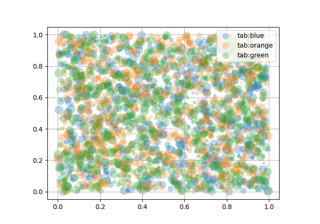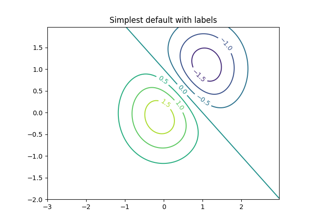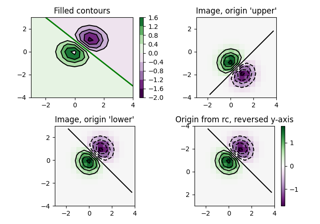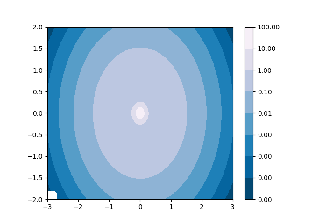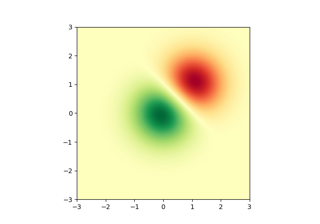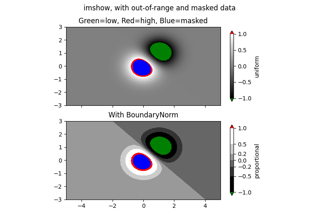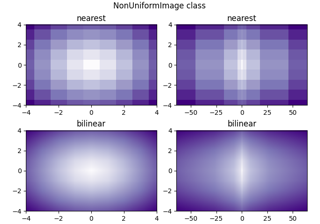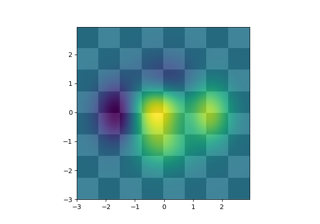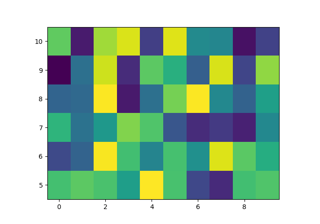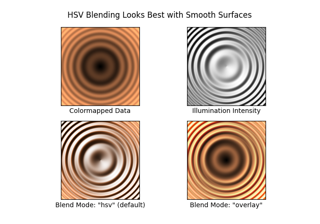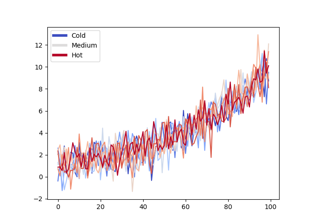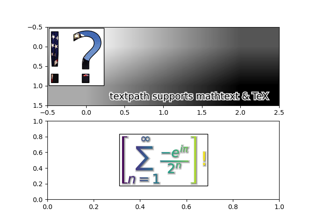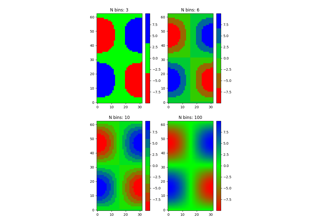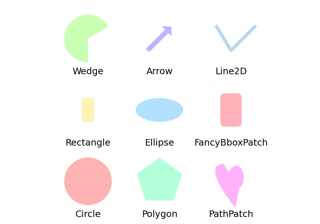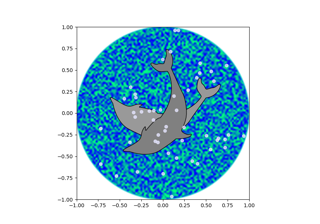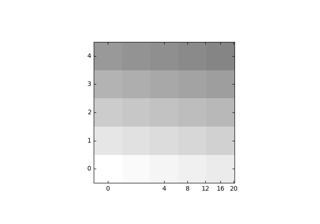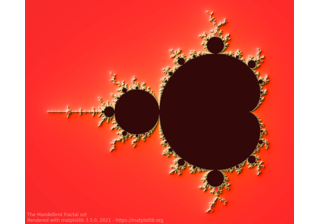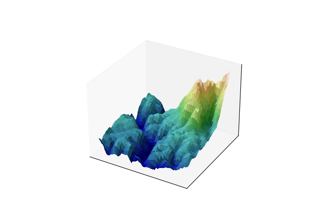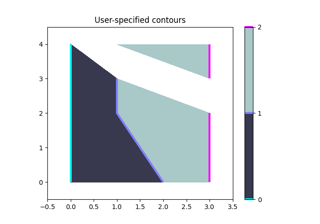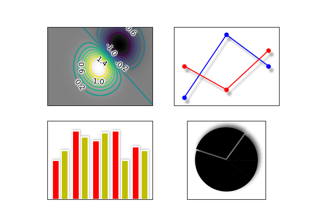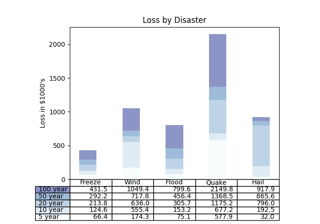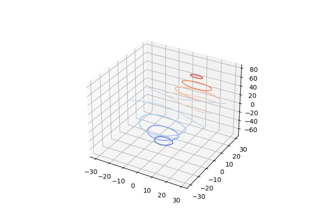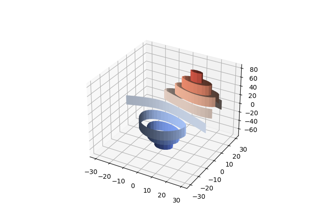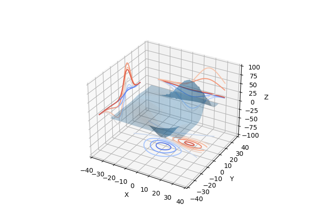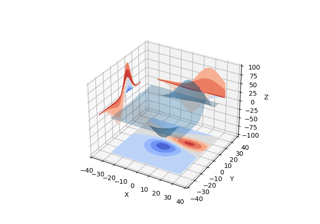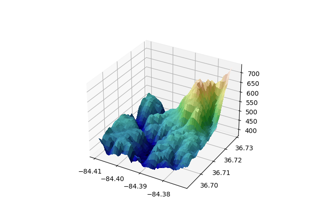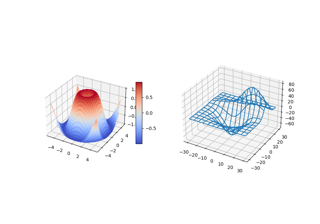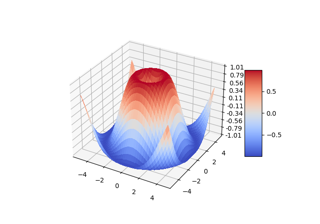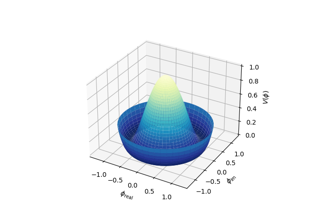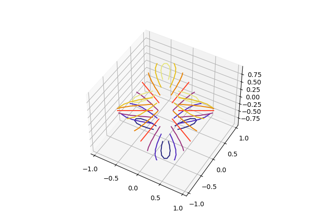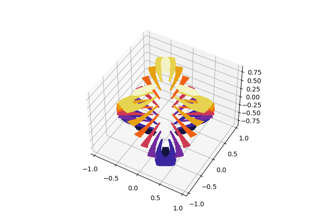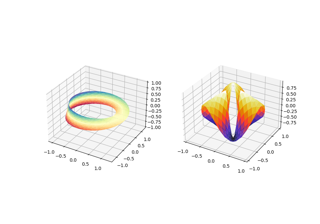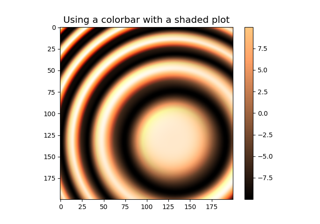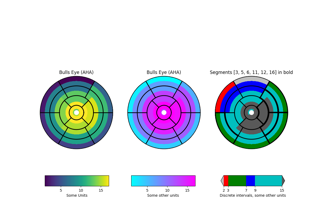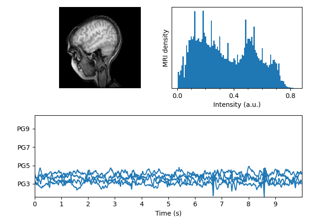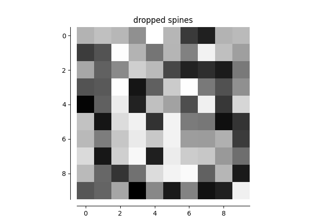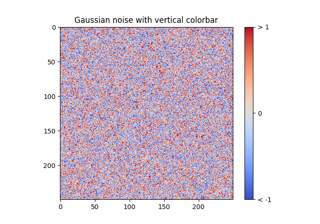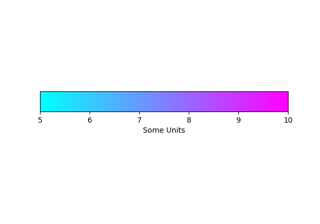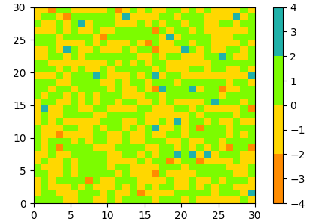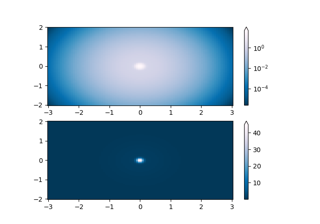matplotlib.colors.LinearSegmentedColormap¶
- class matplotlib.colors.LinearSegmentedColormap(name, segmentdata, N=256, gamma=1.0)[source]¶
Bases:
matplotlib.colors.ColormapColormap objects based on lookup tables using linear segments.
The lookup table is generated using linear interpolation for each primary color, with the 0-1 domain divided into any number of segments.
Create colormap from linear mapping segments
segmentdata argument is a dictionary with a red, green and blue entries. Each entry should be a list of x, y0, y1 tuples, forming rows in a table. Entries for alpha are optional.
Example: suppose you want red to increase from 0 to 1 over the bottom half, green to do the same over the middle half, and blue over the top half. Then you would use:
cdict = {'red': [(0.0, 0.0, 0.0), (0.5, 1.0, 1.0), (1.0, 1.0, 1.0)], 'green': [(0.0, 0.0, 0.0), (0.25, 0.0, 0.0), (0.75, 1.0, 1.0), (1.0, 1.0, 1.0)], 'blue': [(0.0, 0.0, 0.0), (0.5, 0.0, 0.0), (1.0, 1.0, 1.0)]}
Each row in the table for a given color is a sequence of x, y0, y1 tuples. In each sequence, x must increase monotonically from 0 to 1. For any input value z falling between x[i] and x[i+1], the output value of a given color will be linearly interpolated between y1[i] and y0[i+1]:
row i: x y0 y1 / / row i+1: x y0 y1
Hence y0 in the first row and y1 in the last row are never used.
See also
LinearSegmentedColormap.from_listStatic method; factory function for generating a smoothly-varying LinearSegmentedColormap.
- static from_list(name, colors, N=256, gamma=1.0)[source]¶
Create a
LinearSegmentedColormapfrom a list of colors.- Parameters
- namestr
The name of the colormap.
- colorsarray-like of colors or array-like of (value, color)
If only colors are given, they are equidistantly mapped from the range \([0, 1]\); i.e. 0 maps to
colors[0]and 1 maps tocolors[-1]. If (value, color) pairs are given, the mapping is from value to color. This can be used to divide the range unevenly.- Nint
The number of rgb quantization levels.
- gammafloat

